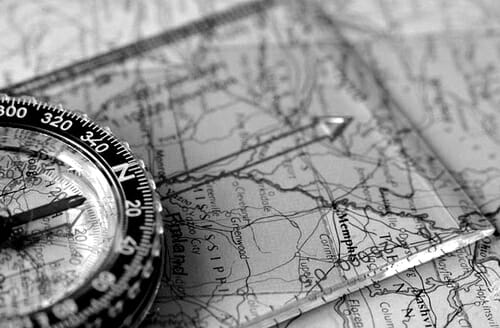
Track That Spending
Wednesday, we spoke about cutting back on your spending to save money in your finances. It is a fantastic way to get more out of what you already have, but how do you know where to make cuts? That is done by tracking your spending.
We know that tracking spending is about as fun as pulling teeth, but just like pulling teeth, it is sometimes necessary. Do you know how much you spent on groceries last month? Do you know how much you spent on groceries this month? What about the amount you spent on gas? Do you operate off of a budget? You may think you are “doing just fine” but the “one trip here, one trip there” can really start to add up.
What was in your wallet?
What further complicates tracking is the advent of debit and credit cards. A few decades ago, you would open up your wallet and immediately know that you’ve been spending too much, but now you only know what you have once you sit down in front of the computer. All but gone are the days of balancing the checkbook (excluding the few old-schoolers out there). I’m not even sure if it is taught in schools any longer!
Once you pair up the inability to do a balance check each time you open your wallet with frequent trips to the store, what seems to be a “$20.00 trip” soon turns into a “$400.00 how could this have happened” mistake. This is why, and we’re talking about this at the end of the month, you should log into your bank account right now, pull a month to date report of your spending and start categorizing. Set up a category for groceries, restaurants, fast-food, entertainment, gas, utilities, and bills.
Your financial breath stinks!
Segmentation is like that honest friend that lets you know that your breath stinks. While ignorance is bliss, you still appreciate the information because it allows you to make more informed decisions. It helps you to avoid talking to that important business prospect, or that girl/guy you thought was cute. Notice how I separated fast-food from restaurants. I did that to truly see how we are spending our food money. Sure, you could lump groceries, restaurants, and fast-food into one category simply called “food,” but it won’t really help you. Be brutal, be honest, and you will then begin to see the real picture.
What good are untracked numbers?
Take the information that you find, and write it down on a whiteboard for this month. Then, next month, make a conscious effort to do better, and write down the results. Track your progress and see how tracking your spending can affect your spending for the better. There are softwares out there that can help to automate this process, but I highly recommend that you do it manually for the first few months so that you will have an appreciation for the speed and efficiency of the software.
But why write? I have an iPhone!
Yes, we know: There’s an app for that, but contrary to popular belief, software (or apps) aren’t as smart as we’d like to think. We will include some links below to some of the more popular softwares, including a few free ones. Understand though, software is not as smart as you in many respects, so don’t expect the software to make it completely effortless, you will most likely still need to categorize many of the purchases.
Some Popular Finance Software:
There are many other softwares out there, but these are the three that we have worked with in the past. All offer great flexibility and reports. Good luck!